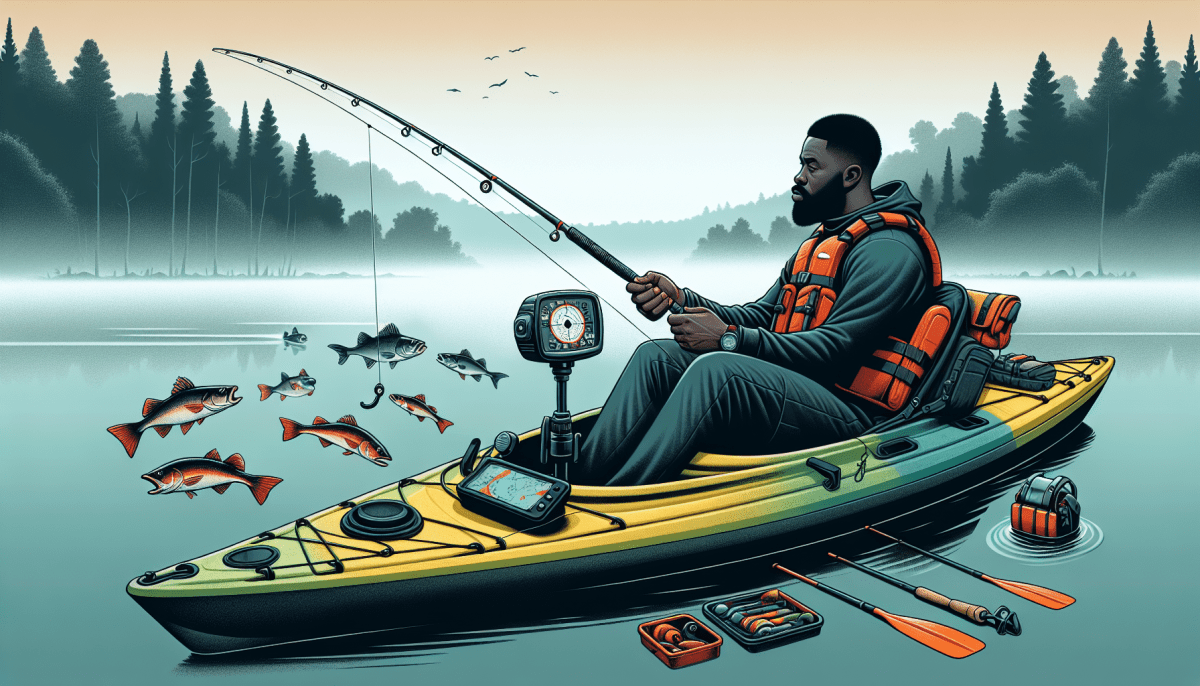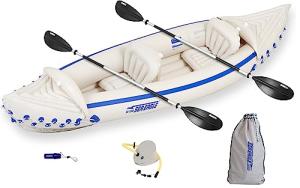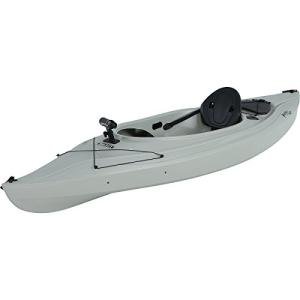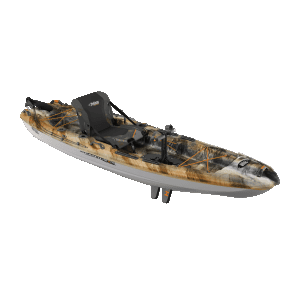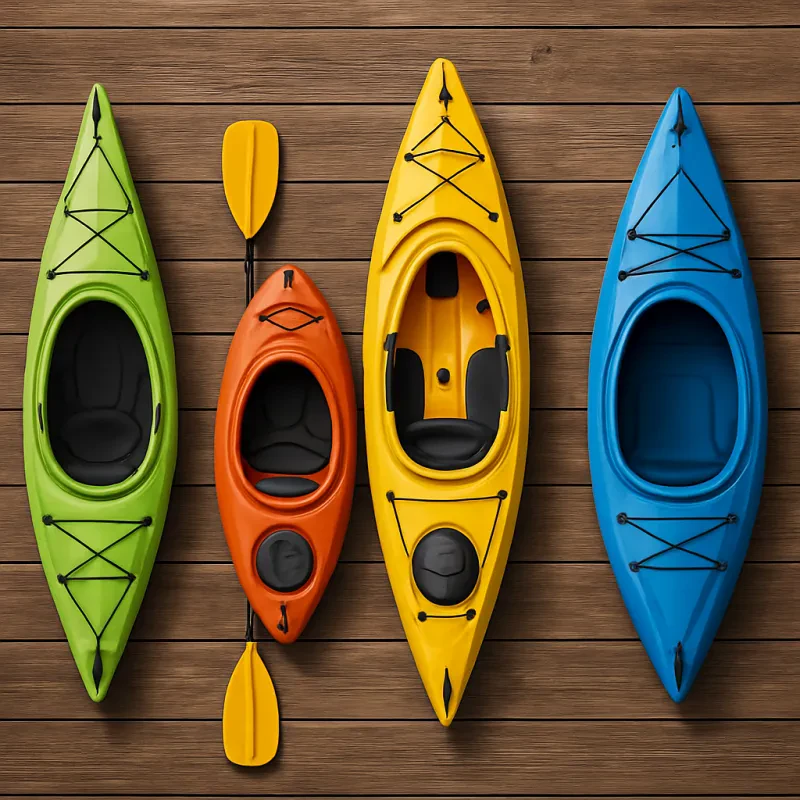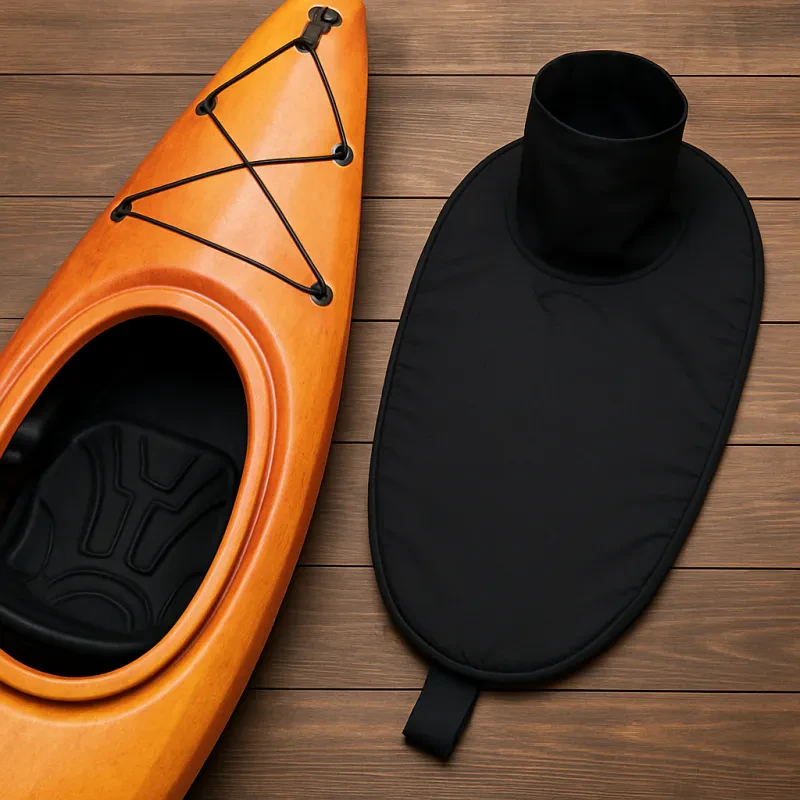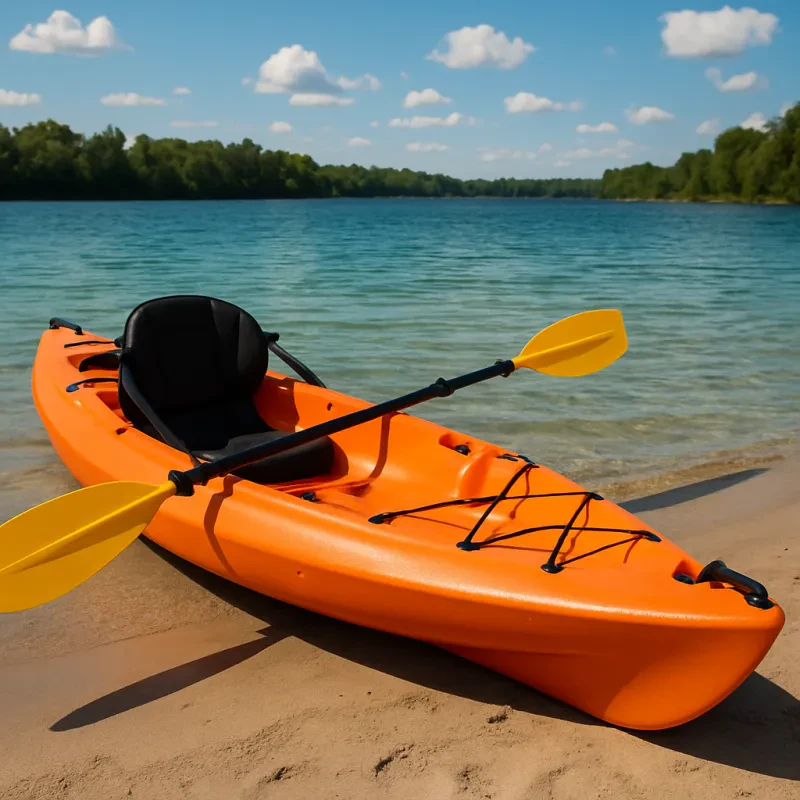When it comes to kayak fishing, selecting the right kayak can greatly influence your experience. Different types of kayaks are designed for various fishing environments and methods, so it's essential to consider what suits your needs best. One of the first tips for kayak fishing is to decide whether you want a sit-on-top or sit-inside kayak. Sit-on-top kayaks offer more stability and easier access to the water, making them ideal for beginners and warm weather fishing. Conversely, sit-inside kayaks provide better protection from the elements and are excellent for colder waters.
Another critical factor to consider is the kayak's length and weight. A longer kayak can track better in the water, which is beneficial for covering longer distances. However, shorter kayaks are usually more maneuverable and easier to handle in tight spots like rivers or narrow inlets. Weighing these benefits based on your fishing location is one of the essential tips for kayak fishing that can help you make an informed choice.
Additionally, think about storage and gear capacity. A good fishing kayak should have enough space for all your gear, including fishing rods, tackle boxes, and personal items. Many kayaks have built-in storage compartments or bungee cords to secure your equipment. When planning your purchase, ensure that your kayak can accommodate your fishing needs while keeping you comfortable. Remember, a well-equipped kayak can enhance your fishing experience and improve your chances of success on the water.
Essential Gear for a Great Experience
When it comes to enjoying a successful day out on the water, having the right gear is key. The choice of equipment can make or break your kayaking experience, especially when you’re focused on fishing. From comfortable seating to the best tackle, here are some essential items to consider as part of your preparation. These tips for kayak fishing will ensure you're well-equipped for adventure.
First and foremost, having a quality kayak is crucial. Look for a stable, durable, and well-designed model that fits your style of fishing. Sit-on-top kayaks are popular among anglers because they provide easy access to gear and are great for casting. Additionally, consider investing in a kayak designed specifically for fishing, as they often come with built-in rod holders and storage compartments for your tackle.
Next, don’t forget about your fishing gear! Rod and reel combos that are lightweight and easy to manage will enhance your experience on the water. Make sure to bring along a tackle box filled with the essential lures and bait for the type of fish you’re targeting. A good pair of polarized sunglasses is another must-have; they reduce glare and help you spot fish lurking below the surface.
Finally, safety gear is non-negotiable. Always wear a personal flotation device (PFD) and be equipped with a whistle and a basic first aid kit. Sunscreen and a hat are essential for protecting yourself from the sun’s rays, while a waterproof dry bag is perfect for keeping your phone and snacks safe from splashes. These essential tips for kayak fishing will prepare you for a fantastic day of fishing, making your experience both enjoyable and safe.
Tips for Catching More Fish
When it comes to tips for kayak fishing, preparation is key. Before you head out on the water, make sure you have the right gear. A comfortable life jacket, a sturdy paddle, and a reliable kayak are essential. Additionally, consider bringing along a tackle box filled with various lures and baits that work well in your fishing area. Knowing what fish species are available and their preferred baits can make a huge difference in your catch rate.
Timing can greatly affect your fishing success. Early morning and late afternoon are typically the best times to fish, as fish are more active during these hours. Check the local fishing reports or apps that provide data on fish activity patterns. These tools are invaluable when applying these tips for kayak fishing. It’s also wise to keep an eye on weather conditions, as overcast days often yield better results than bright sunny skies.
Another important tip for kayak fishing is to be stealthy. Fish are sensitive to noise and vibrations, so paddling quietly and avoiding sudden movements will help you get closer to your target. Look for areas with structure such as fallen trees, rocks, or vegetation where fish like to hide. Using a kayak allows you to access spots that are hard to reach from the shore, so take advantage of that added mobility.
Finally, don’t forget to practice catch and release. Not only does this help maintain the fish population in your local waters, but it also provides a more sustainable fishing experience. If you do keep a fish, ensure you're aware of the local regulations regarding size limits and species to help protect the ecosystem. By incorporating these tips for kayak fishing, you can enhance your fishing experience while respecting the environment around you.
Safety Practices Every Angler Should Know
When it comes to kayak fishing, safety should always be a top priority. Even experienced anglers can face unexpected challenges while out on the water. One of the best tips for kayak fishing is to always wear a personal flotation device (PFD). Regardless of your experience level or the conditions, a PFD can be a lifesaver in case of capsize or accidents. Make sure your PFD fits well and is comfortable enough to wear for long periods.
Another essential safety practice is to inform someone about your fishing plans. Always let a friend or family member know where you are going and when you plan to return. Providing details about your location, expected duration, and emergency contacts can help ensure prompt assistance should anything go wrong. This is one of the key tips for kayak fishing that many inexperienced anglers overlook.
Weather conditions can change rapidly while on the water, so staying updated is crucial. Check the forecast before you head out, and have an emergency plan in place. Bring a waterproof bag to store important items like your phone, maps, and first-aid supplies. Having these essentials will help you stay prepared for any situation that arises while you enjoy your fishing adventure.
Lastly, always practice good equipment maintenance. Make sure your kayak is in proper working condition and that all gear is securely stored. This includes checking for any leaks, ensuring the paddles are intact, and verifying that fishing gear is safe to use. Incorporating these practices into your routine can help you have a safe and enjoyable experience on the water, reinforcing vital tips for kayak fishing.
